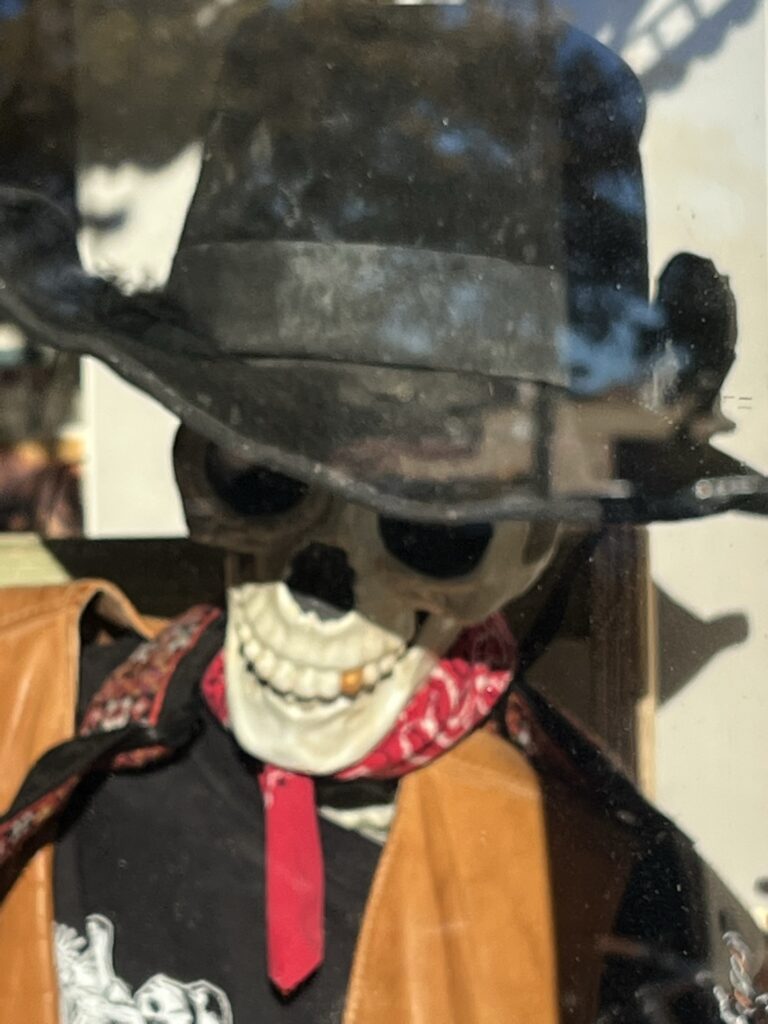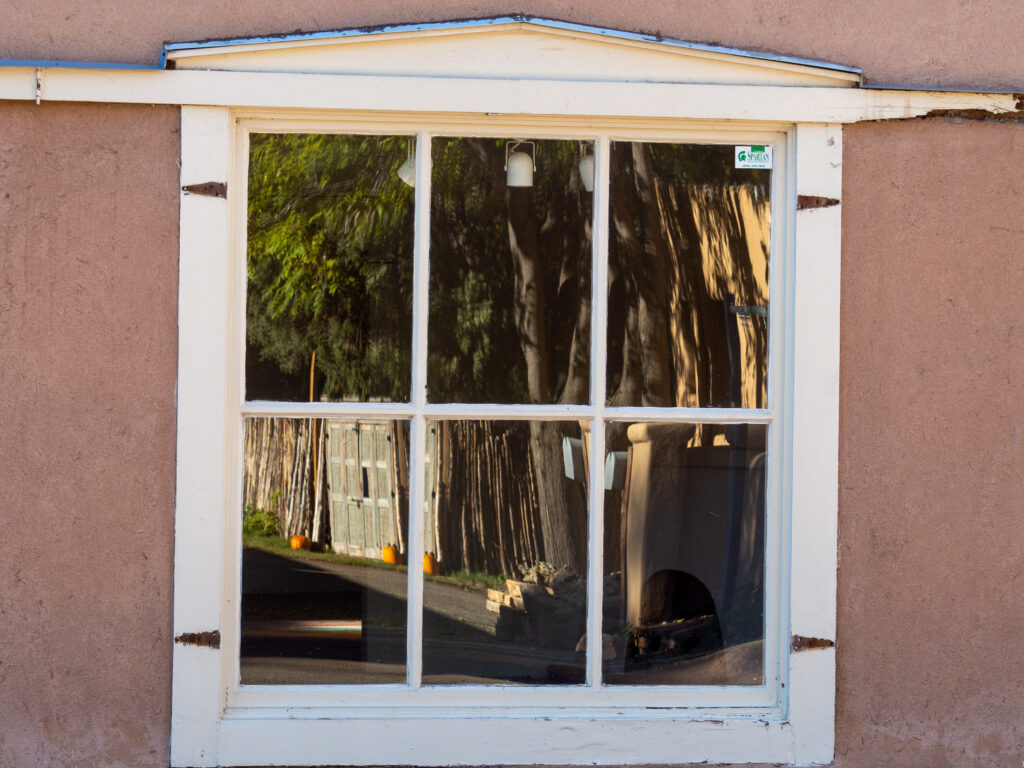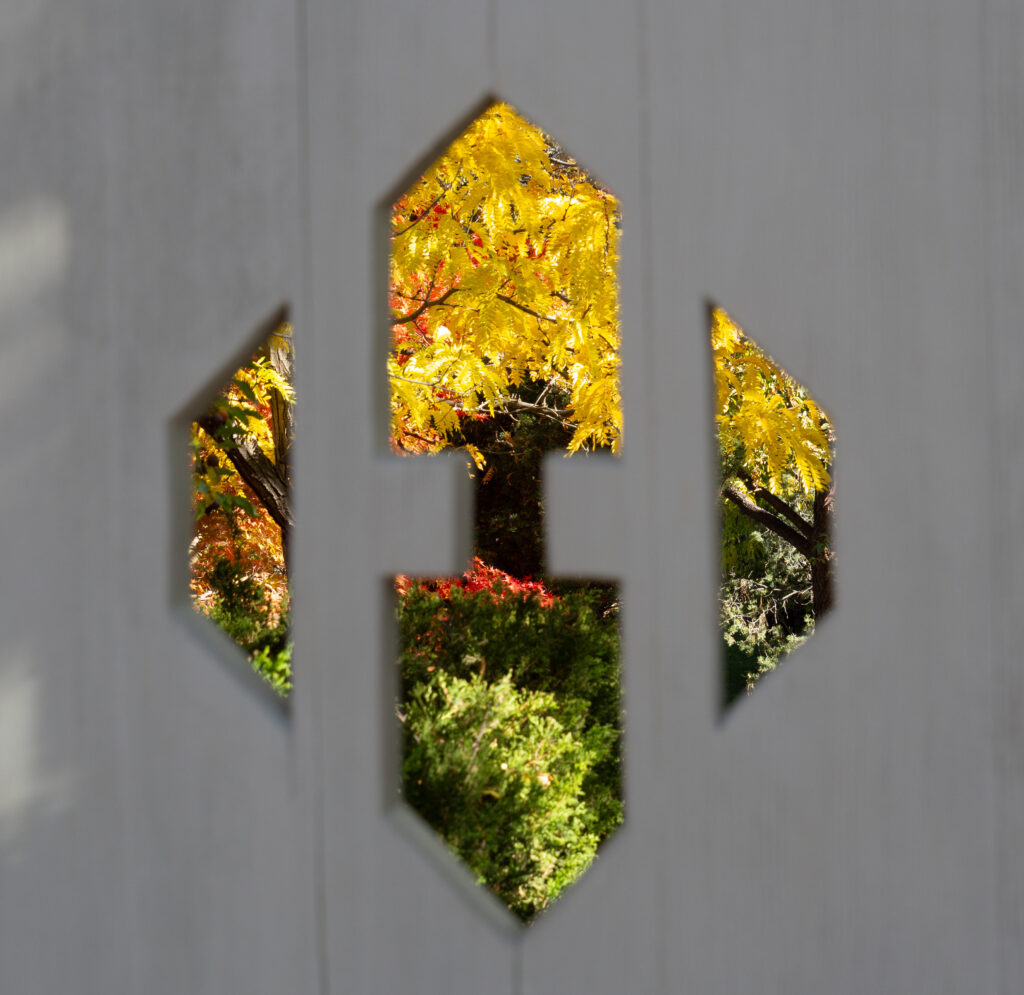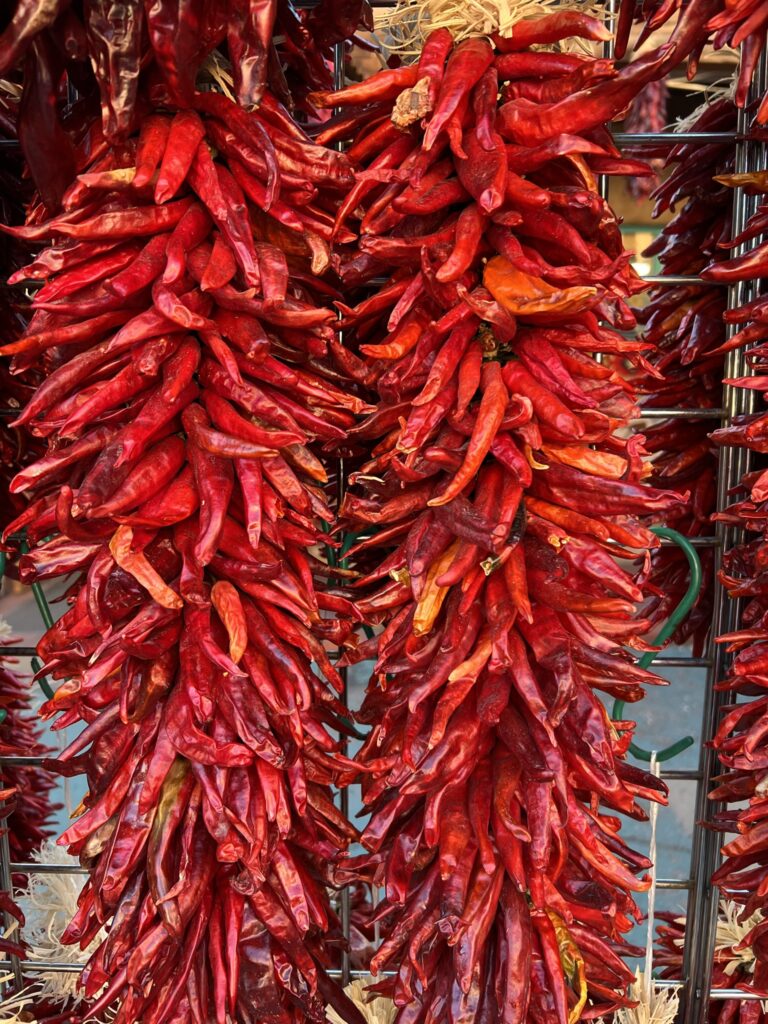New Outlets for Creativity
Terry Odell
 Decades ago, I was a photography hobbyist. Long enough ago so I was shooting black-and-white film and processing in my home darkroom.
Decades ago, I was a photography hobbyist. Long enough ago so I was shooting black-and-white film and processing in my home darkroom.
Fast forward a slew of decades, and I’m getting back into it. Still at a hobbyist level, but as I said on my own blog last week, having more than one creative outlet can help deal with any frustrations in your primary field. People come to TKZ to talk about writing, so we all have that in common, but many of us have other channels we can turn to as well.
Given my books often include some aspect of photography, be it the kind of camera my covert ops agent is using for surveillance, or a character looking to become a professional photographer, I’ve enjoyed expanding on simple research and moving more into the hands-on. The more I know, the more my characters know. If the research satisfies an underlying need, so much the better. Right now, I’d say my skills lie somewhere between Kiera in In the Crosshairs and Belinda in Cruising Undercover.
I might know something about photography but it’s new all over again. Cameras bear only a vague resemblance to the ones I learned on, just as word processors or writing software bear only a vague resemblance to the Underwood and Remington uprights I learned to type on.
My son’s business includes photo trips where he takes clients to a variety of locations, both domestic and international, and leads them in picture-taking. I’ve been on several with him (as a paying client, no “mom” favors), including Alaska, the Caribbean, the Galapagos, and Croatia, and most recently, Santa Fe and Taos, New Mexico. Getting away from home, seeing new sights can add depth to characters and settings.
I’m the newbie in the workshop group on this trip. My little camera might have felt inferior next to all the big fancy ones with multiple lenses. (Okay, I own other lenses, but the advice I got was that a 14-150 zoom would cover virtually every shooting situation, so that’s the only one I carried.)
Listening to the others on this tour is like hearing a new language. Everyone else is fluent, yet they’re all here to expand their “vocabularies”. For one—not a newbie by far—it was simply pointing out a better way to hold his camera. Nobody had ever told him that before. Another learned about long exposures for clouds. And one member is interested in mystery writing, so we were able to compare places we lacked significant knowledge, but had significant interest.
For me, it’s almost all new. They’re talking about swipes, zoom blurs, multiple exposures, blue hour shots—and I’m hoping my settings are close to correct, period. Histograms? I’m supposed to look at them? What are they supposed to look like? All I see is something interfering with the image.
But that’s the point of the workshop. To have people show you (often more than once) better or different ways to do things. We were shooting in areas that almost always required moving in close for detail shots. The overwhelming amount of “stuff” made it impossible to capture everything in a single shot, so zooming in on details was the way to get better pictures. As it compares to writing–we’re always learning new skills, improving the craft.
How many times have we read passages from books and said, “Damn, I wish I could do that?” With my photography, I don’t compare my work to that of the experts, but I can look at what I create and try to make it better. Just as everyone’s voice in writing means 7 people can be given the same story prompt and no two will be alike, 7 photographers can shoot the same subject, and every image will be different.
On Monday, Kay talked about words and pictures. As the final activity in our workshop, each of us was to share three images for discussion. Photographers notice things non-photographers don’t. They point out little details that add or detract to the picture–things most of us wouldn’t notice. Kind of the way writers notice things like POV issues, descriptions, overused words, etc. One group member talked (and talked) about the emotions he was trying to convey in each of his shots. Did I get the same feelings? Not really.
Several in the group chose pictures of a very old cemetery taken at the Taos Pueblo. Each had a different approach. Different angles, and different renderings–one in black and white. Instructors made comments about things like leading lines, rule of thirds, toning down or playing up shadows.
One group member was from the east coast and had never experienced anything like what she was seeing in New Mexico, and she focused on details that spoke to her. She liked the shapes and colors of things.
No matter where you are, looking at everything around you as a writer provides story and character fodder as well as a photographic image. Driving down the highway and seeing articles of clothing strewn about triggers story ideas. Is there a body somewhere?
If you’ve stayed with me this long, here are some of the pictures I took. Consider them first drafts, as I’m still learning how to spot those details that will make them better images. Normally, I wouldn’t talk about ‘before’ and ‘after’ pictures, the same way you don’t share first drafts with the general public, but this is The Kill Zone, after all.







Wonderful post, Terry. Very interesting. It would be exciting to visit Santa Fe and Taos, and learn more about photography at the same time. I enjoyed your pictures at the end of this blog. Very good. Thanks for the link to your son’s website. His photography is beautiful. And after you gave him some free advertising, he should give you a discount on your next trip. Just sayin.
I enjoy dabbling in other creative outlets as a way to experience that feeling of making something beautiful. I’ve moved from one medium to another. I took a photography class in college (B&W and darkrooms), but never continued to pursue it. Now that I’ve had cataract surgery and can see better with my dominant eye, I should restart macro photography – close ups of flower blooms, insects, mushrooms and fungus.
When I get all the chaos in my life under control, my next goal is to get back into woodturning. Maybe, after that, photography.
Thanks for the inspiration. Creative pursuits enhance our writing.
Thanks, Steve –
Try setting aside a few minutes of ‘creativity’ amidst the chaos. My life was in upheaval for the last month, but I felt less stressed if I stepped away, even for an hour or so. Somehow, chaos seems to appear in different forms/levels no matter what.
My “discount” from my son is getting extra help in my picture taking and processing. Gone are the days of simple burning and dodging. Although there’s nothing to replace the thrill of watching that image float up out of the tray.
What photo editing software do you or your son recommend for beginners?
He recommends Lightroom. It has a steep learning curve, but I’m progressing in baby steps. Photoshop is another.
A lovely post, Terry. Honing one’s craft in all creative endeavors requires similar study, practice, guidance from experts, and work. The learning never ends.
Steve’s right about your son’s fabulous photography. And Mom’s a good student!
Thanks, Debbie. When we get to the phoning it in stage, our product suffers.
Wonderful post, Terry. Having another creative outlet in my experience can be definitely be stress reducing, especially if I don’t have great expectations. It can also return us to beginner mind, and that can carry over into writing. I reconnected with star gazing early in the pandemic, something I did when I was younger. My Moon photos are pretty basic (just a smart phone held up to the eyepiece at this point) but trying to capture the play of the sharp shadows on an ancient landscape that has so much detail hones my eye for detail.
Nine years ago my wife and I took a drawing class at our local community college, and that, too, helped me with seeing. It’s something I need to get back to, because I’d like to start sketching what I see through the telescope and binoculars.
I really like your photographic first drafts. Thanks for an inspiring post.
Thanks, Dale –
Won’t be long before you have a long lens and a tripod. There’s something addictive about wanting to do things “better” no matter what the medium.
Of course, there’s more to it than the tools. My son bristles at people who comment, “You’ve got great pictures. You must have a really good camera.” He likens that to saying, “Wow, this was a great dinner. You must have a really good stove.”
I’ve been a photographer (or sorts – or out of sorts), since high school when I shot a lot of the yearbook photos with an old twin-lens Graphlex camera… my composition skills improved following my first year in architecture school…
Other skills I picked up in high school and college, including guitar and water color, make me a kind of renaissance dude… or jack of all trades/master of none…
In any event, I do find stepping into one of these as a break from whatever else is going on recharges the others… seeing and hearing things that might be overlooked…
Keep up the good work (hobby)…
Thanks, George
Our son was photographer for his high school yearbook, and he had a good eye for composition without having taken any specific classes. He can also draw–a talent I lack. Given he has a PhD in biology, he’s definitely branched out.
I totally agree that one creative outlet recharges the other(s).
I like the way you’ve blended your interest in photography with your writing, Terry. And lucky you – a son who leads photo trips! Travel, creativity, and family time all in one package. Fantastic!
Many years ago I did a little oil painting. We have a few of my attempts hanging on the walls of our home now. And when we travel, I’m the designated photographer. Although I don’t have sophisticated equipment, I’ve noticed that if I take enough pictures, a few of them will be good.
When I was reading your post, it occurred to me that photography and writing have one important thing in common: establishing an emotional connection with the viewer/reader.
Kay, I’ve barely begun deleting the duds from the photos I took. It’s like cutting paragraphs, scenes, and chapters from the WIP. And given we’re no longer paying for film and waiting for processing, I think the ratio of duds to good has changed exponentially. My son claimed my mom’s old film camera, and he shot a roll on our trip. Haven’t seen the results yet, but he had to adjust to using a light meter and hoping he got the exposures right.
A friend gave me a Canon Sure Shot and I’ve been having a ball taking photos of the moon and the changing season. I started out on a Petri in the 1960s and then moved on to a Pentax K-1000. I always wanted to develop my own film, but never did…maybe one day.
Your photos are great.
Thanks, Patricia –
The Hubster used cameras in his field work, so I used whatever he had at the time. I recall taking a trip to Vancouver and using two cameras–one with color, one with black and white. Now, with post-processing software, rendering a picture in black and white takes only one click.
Film is making a comeback. Maybe you’ll get your chance.
When I got to a certain age, over a half century ago, I realized that life was too short to do everything. Something had to be left behind, and I chose photography as that art to abandon. I’d taken photo shop in HS and loved the smell of developer on my hands. I can still take a decent photo, and have been known to offer advice, unbidden, to people wandering about with camera in hand [“Stand here; shoot this way!” to capture an ancient fountain, with sea and sailboats in the distance, framed among the trees.]
Thus my non-writing arts are few. A little painting, some graphic design, a few book covers, of course; woodworking, like Steve, and puzzle making. My current “focus” is the human mind, the biggest puzzle of all.
Doesn’t sound like a “few” to me, JG.
Enjoyed your post, Terry. And photography can help you “see” details for your novels.
Thanks, Elaine. Taking pictures of settings really helps my descriptions.
I had lots of creative hobbies before I was able to focus on my writing, but they no longer mattered much once I focused on my true passion. My energy was poured into writing.
During my writing period, I didn’t have the luxury of other hobbies because I taught, took care of my elderly mom and pets, and managed five acres and an old house. I did, however, have to back away from web design when I built and managed my own website. So many images and web pages to tweak. So much creative energy to pour into something different that wasn’t writing.
Sounds like you had enough on your plate, but I’ll bet there was a modicum of creativity required in your other tasks. I’d done my own web design as a green newbie, but was more than happy to turn that task over to a professional once my writing shifted from hobby to job.
Terry, I always wanted to be able to draw cartoons. Like Charles Schulz or Gary Larson. But that was left out of my gift jar. We had a gifted girl in elementary school who drew the most beautiful horses. I tried, and they came out like mutant, post-apocalyptic dogs. (This girl went on to draw for Disney and Don Bluth.)
A few years ago, just to stretch my brain, I got a couple of how-to books and tried again. I found that with some work and practice, I could actually draw characters that looked like characters. I’ll never reach the heights, but it’s fun. I just bought a sketch book to continue the practice. It’s not only a nice way to relax, I think it exercises parts of my brain that have been just lying around in hammocks. That’s good for brain health, and we all need that, don’t we?
“I think it exercises parts of my brain that have been just lying around in hammocks. That’s good for brain health, and we all need that, don’t we?”
I heartily agree, Mr. Bell. Waking dormant parts of the brain can expand our horizons.
What a great post, Terry! And the comments, too.
My 2 creative outlets other than writing are, in no particular order, music and shooting (not with cameras).
I still like to sing, but that gift is fading.
Shooting, you say…how is that creative? It’s something my husband and I like to do together; and there’s just something beautifully artistic about a 3 inch group at ~10 yards with my 9.
🥳🥳🥳
One of these days, Deb, you’ll shoot specific patterns instead of groupings–Sherlock Holmes comes to mind. 🙂
Now there’s a goal I can “shoot” for!
This has nothing to do with the topic at hand, and I hope you’ll forgive me, but I just need to let you all know:
I just published my debut novel! 🙂
You can go here to see it on Amazon:
https://www.amazon.com/Masters-Inn-Deb-Gorman/dp/0997958766/ref=sr_1_1?crid=1UB5LU1DDJMPF&keywords=deb+gorman&qid=1666810976&qu=eyJxc2MiOiIwLjAwIiwicXNhIjoiMC4wMCIsInFzcCI6IjAuMDAifQ%3D%3D&sprefix=deb+gorman%2Caps%2C179&sr=8-1
Thanks for all your encouragement, TKZers!
Congratulations, Deb! Wishing you many happy sales.
(I think you can generate a much shorter link)
I didn’t know how…technodummy…
You can delete the part of the url after the isbn number, and the link will still work.
Congrats, Deb!
Congratulations, Deb!
Congratulations!!!!
Photography is one of many creative pursuits I wish I could spend more time on. I took a photography class probably around 25+ years ago in the good ‘ole days of 35mm photography–loved both B&W and color photography. Still have my Canon EOS Rebel packed away somewhere. Can’t give it up. 😎 Sadly, I’m certain I’ve forgotten everything I learned but these days the few photographic moments are relegated to the cheesy camera phone.
I do believe other creative pursuits help our writing. Even if they didn’t, I’d have numerous creative pursuits anyway cuz I wanna do it all! Painting, drawing, leather work, banjo, & of course, writing.
JG, in a comment above said “I realized that life was too short to do everything.” That common sense is trying to break through my brain but the stubborn part of me is resisting furiously. So many lovely creative pursuits to chase after!
Actually, some new phones have better cameras than some “real” cameras. Stupid me forgot that cameras have batteries that need to be checked for charge, and mine died about three shots into one of our Santa Fe shoots. I switched to my phone, and the results were fine.
You said, ” So many lovely creative pursuits to chase after!” which is true. I think it comes down to how deeply you want to master them.